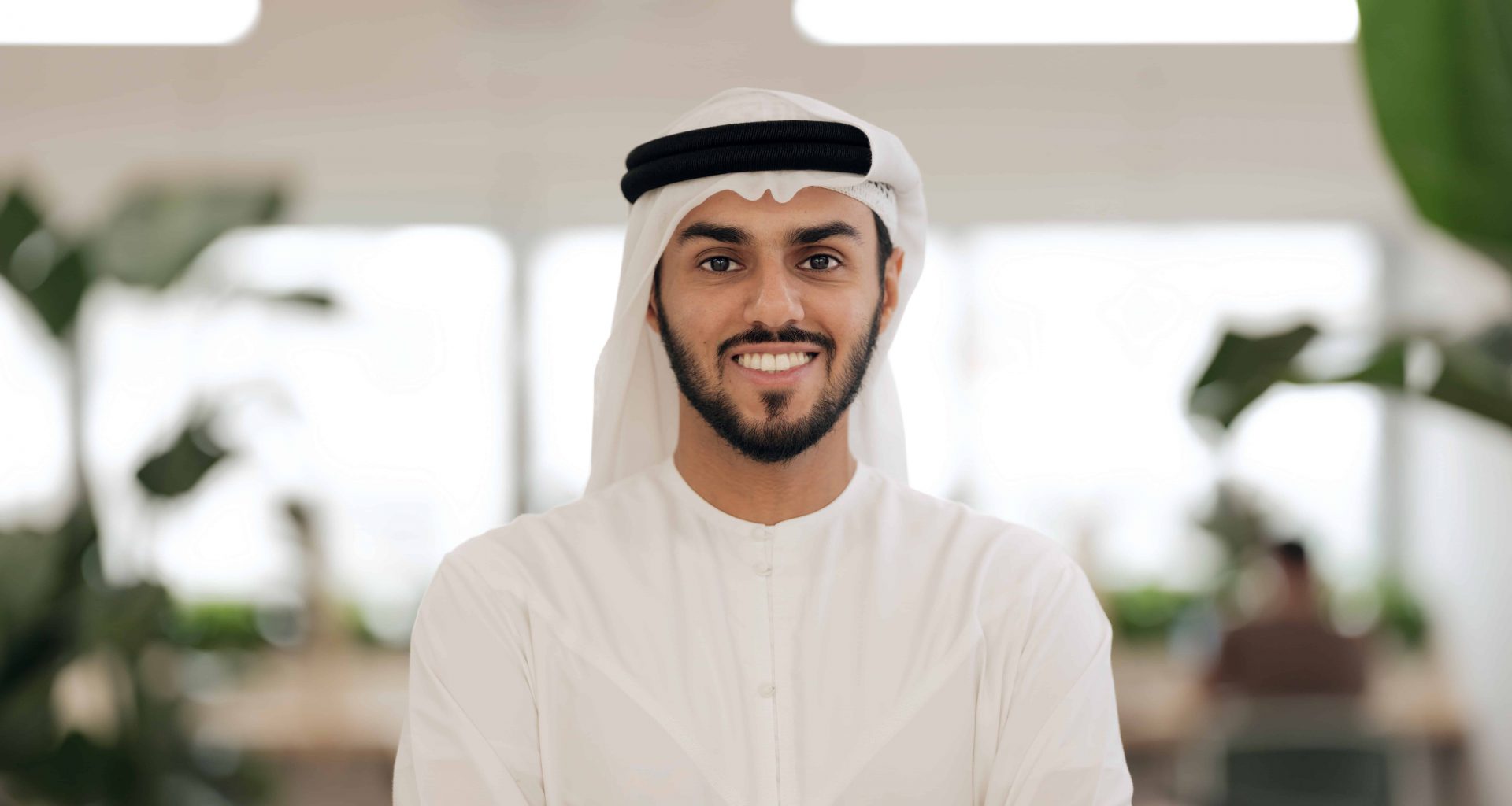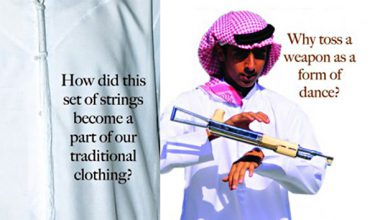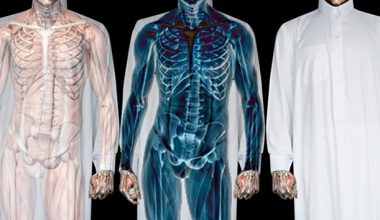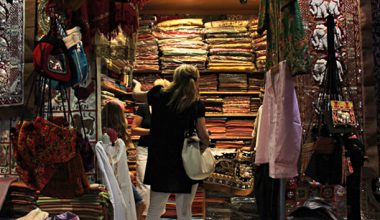As the creative industry trend sweeps across the Arab Gulf region, we’re recently seeing a surge of design studios taking shape and launching their own entrepreneurial endeavors.. However, there’s one studio that has been meticulous about their values and long-term strategy since their debut more than a decade ago.
Launched in 2006 by Salem Faisal Al-Qassimi, Fikra Design Studio was founded as the first regional experimental and research-driven design studio that focuses on developing bilingual (Arabic and English) identities and graphic design. After graduating with an MFA in Graphic Design from the Rhode Island School of Design (RISD), 34-year-old Al-Qassimi worked as a graphic designer at different design and branding agencies in the UK and the UAE before launching Fikra Design Studio. He was also an instructor and teaching assistant at RISD, as well as an Assistant Professor of Design at AUS, and is currently teach Arabic typography at NYU AD.

What is Fikra Campus and what does it entail?
Fikra Campus is a design-led platform that comprises a design studio, library, co-working space, café, gallery space, and an urban rooftop.
What was the purpose in mind for Fikra Campus?
Fikra Campus sets to connect and enable creatives and entrepreneurs. It was created in order to bring together and build a community of creatives, thinkers, and doers.
The space fosters community engagement, cross-disciplinary exchange, and cultural production. It is a catalyst for design thinking and cultural production in the region. And, through its educational agenda, the space offers a wide-range of cultural and programs throughout the year such as exhibitions, workshops, talks, film screenings, summer programs, and a residency program.
When we last interviewed you, Fikra Designs was 8 years old. How has it progressed since then?
Fikra Design Studio grew and evolved from being just a design studio into a platform with a rich educational agenda including a design-research based Designer-in-Residence program, and the MENASA’s first international graphic design biennial that will inaugurate this November. All of Fikra’s initiatives have been organically developed based on the evolution of Fikra’s thinking and needs over time.
Since you started Fikra, do you feel like bilingual design has increased in the Gulf region?
The recognition of the importance of bilingual typography and design has been on the rise for sure. The general public is becoming more aware of trends and recognizing the importance of branding, and designers have been more exposed to good bilingual graphic design practices.
You emphasize designing in Arabic, why do you feel like this important?
Of course, this is our language and culture, if we don’t design it, who will? We need to make sure that when we design either in Arabic alone or bilingually, that we design relevantly, in relation to the context that we exist in, bearing in mind the culture, the language, and everything in between.
 What is the current goal of Fikra Campus?
What is the current goal of Fikra Campus?
To investigate through the lens of graphic design, the culture and identity of the region, and speculates about technology and the future. Also, make readily available a shared platform with cultural programs and creative collaborations that are contextually oriented yet globally relevant.
You told us, in 2012, that you didn’t see men enrolling in art and design schools. Do you think this has changed since then?
That is very much still the case, and more so. I am not sure why this is exactly happening, but this is happening world-wide and not specifically in the region.
You also mentioned that you didn’t feel like people in general were enrolling in art and design schools because there was no promotion of these industries by the educational infrastructure. Do you feel like this has changed in the years that have passed?
Yes, this is definitely true in the UAE. There are a lot of things happening here related to design, and arts and culture in general whether they are privately-led or supported by the government. Specifically within design, there are so many things happening and are increasing year by year, from the creation of districts such as the Dubai Design District (d3), to having initiatives such as Dubai Design Week, the opening of a design-specific school, DIDI, and of course the inauguration of our very own Fikra Graphic Design Biennial.
What are some of the notable designs you’ve created or clients you’ve created for?
We have created and designed plenty over the years. However, some of the exciting projects we have done in recent years include the design of the entire campaign for Art Dubai 2017, the branding for fashion brands Thamanyah and Bouguessa, the rebranding for Ora restaurant in Kuwait, and a few other café’s and startups here in the UAE.
What’s in the future for you?
Right now we are focusing on developing the Fikra Graphic Design Biennial which is inaugurating this November. The Biennial is going to be a significant achievement and an important one for the region and for the discipline of graphic design across the world. It includes some of the worlds highly-respected names— with artistic directors, advisors, curators, and participating artists and graphic designers contributing to the discipline of graphic design, whilst still making a highly-relevant design event for the region.
https://www.instagram.com/fikradesigns/
Words by Khaleejesque
Images by Fikra







